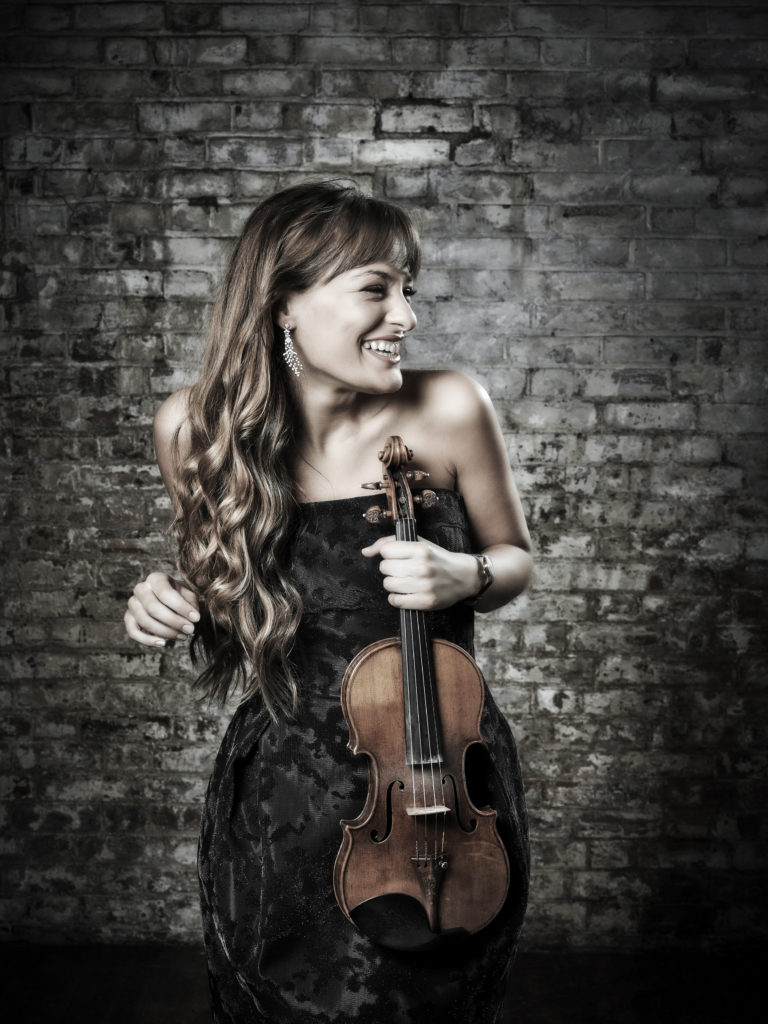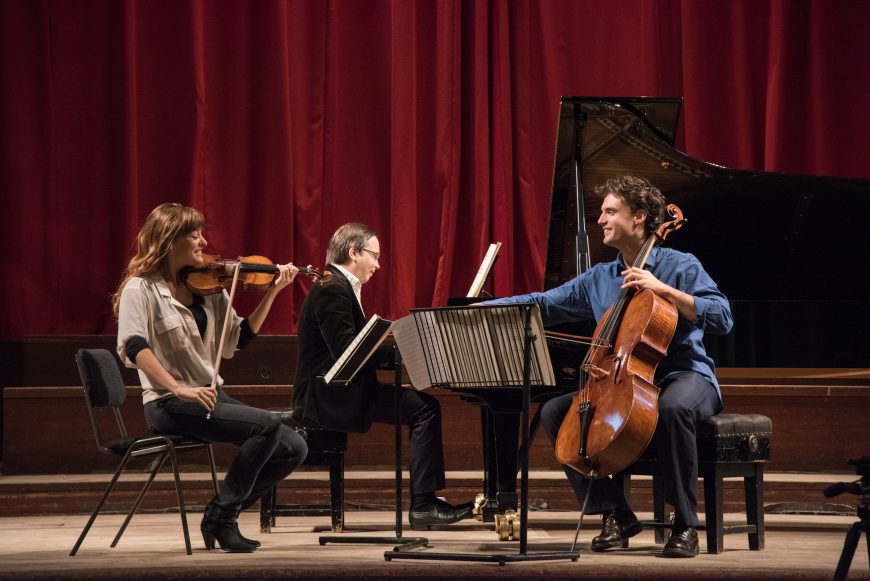
Review: Ryedale Festival 40th Anniversary Season, Nicola Benedetti/Leonard Elschenbroich/Alexei Grynyuk Trio, Church of St Peter & St Paul, Pickering, June 4
CONCERTO soloists need to have well-developed egos. They have to put their musical personalities out there. Composers demand it, audiences expect it. But when it comes to chamber music, a completely different mind-set is required.
Nicola Benedetti is most likely to be found, professionally speaking, playing her Stradivarius in front of an orchestra; similarly, cellist Leonard Elschenbroich and pianist Alexei Grynyuk are equally renowned as soloists. But when the three of them team up they must submerge their talents into the ensemble.
In the first of two identical “launch”concerts on Friday for next month’s Ryedale Festival (whose details will be announced in a fortnight), they shared considerable insights – and immense joy – with a live audience, in trios by Beethoven and Brahms.
Czerny tells us that Beethoven wrote his Piano Trio in E flat, Op 70 No 2, for Countess Erlödy, shortly after staying with her in Hungary. Some bread-and-butter letter! His soft spot for the countess – they exchanged a number of letters – is underlined by the marking dolce (sweet) at various points in all four movements.

The opening Poco Sostenuto evoked poignant reflection on the tribulations of the pandemic. Thereafter, barely a passing cloud disturbed the music’s sunny charm and good humour. The key to its success was the restraint and sensitivity of Grynyuk’s piano. Time and again his quiet intelligence drew us into the intimacy of the texture.
The double theme and variations of the second movement – very rare in Beethoven – attracted a little fierceness when in the minor key, as a Hungarian dance should, but was teasingly spaced at the end.
The second Allegretto’s Schubertian melody was neatly shared between violin and piano, while the unrelenting energy of the finale was irresistibly invigorating. Just what the doctor ordered.
Brahms’s Second Piano Trio, in C major, opens with such an impetuous, heavily larded piano role that the strings are always going to be stretched to maintain some kind of balance. There were moments here when they became temporarily submerged. But order was restored when dialogue between the strings emerged with clarity in the development section, and the approach to the closing unison was reached in satisfying style.
The slow movement was contrastingly sombre, its second theme serenely introduced by the cello. The will-o’-the-wisp scherzo – with a very smooth trio – was crystallized by its final pizzicato. The finale threw caution to the winds, in the grandest romantic manner. At no time did we feel that this was anything but a well-oiled ensemble, quite without individual pretensions. It was all about teamwork.
Review by Martin Dreyer
